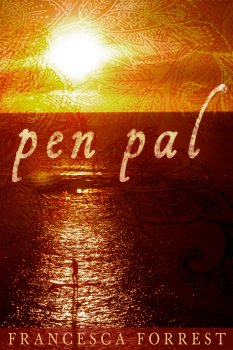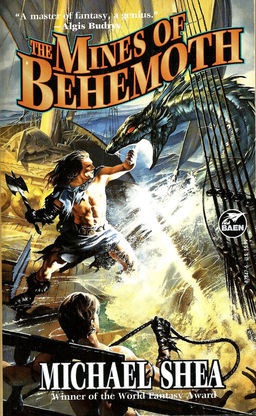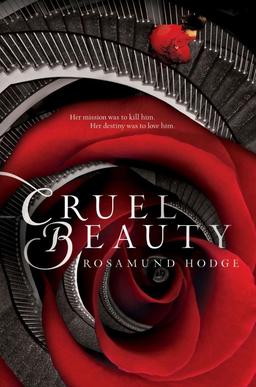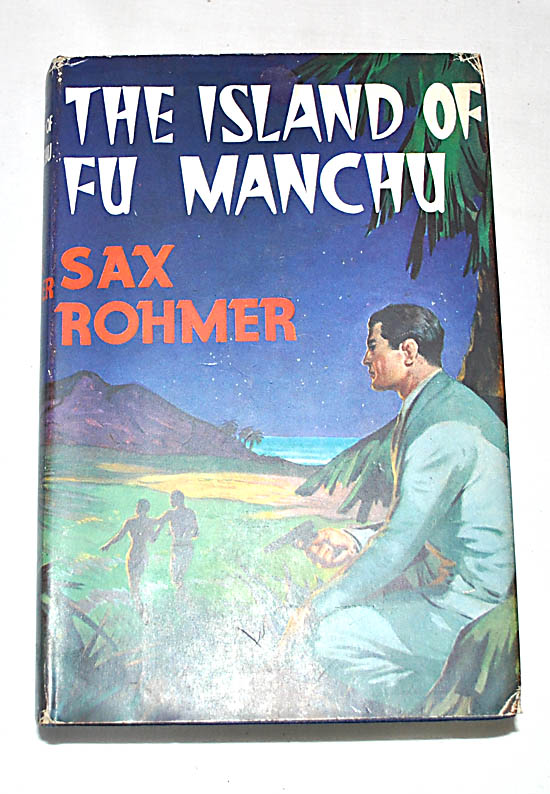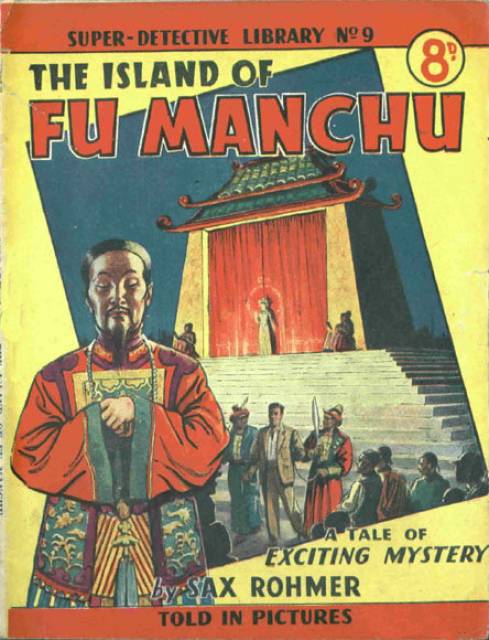March/April Magazine of Fantasy & Science Fiction now on Sale
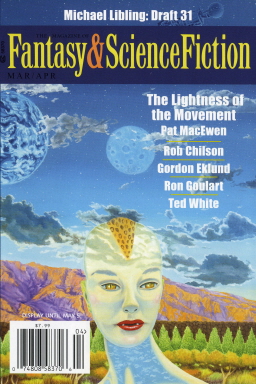 I’m so far behind reading Fantasy & Science Fiction. Seriously. I need to take a long vacation just so I can catch up.
I’m so far behind reading Fantasy & Science Fiction. Seriously. I need to take a long vacation just so I can catch up.
Now, I know reading F&SF is ultimately a time-saver. When I did have time to keep up, it always pointed me towards the hottest new fantasy writers on the market. Believe me, considering all the bad fantasy novels I’ve read (or tried to read) in the last few years, if I’d just spent half that time reading F&SF, I would have known which writers to try instead.
Well, I suppose I’ll have a nice stack of magazines to read when I’m retired.
Jamie Lackey at Tangent Online is more disciplined than I am… not only has she read the latest issue, she had time to write a lengthy review. Here’s her thoughts on Sarah Pinsker’s contribution:
“A Stretch of Highway Two Lanes Wide” by Sarah Pinsker opens when Andy wakes after a farming accident to find that his arm has been replaced by a prosthetic. As he works at getting used to his new appendage, he realizes that the arm thinks that it’s a stretch of road in Colorado. It’s a unique concept, and the prose is beautiful. As Andy deals with his new arm’s sense of self, he also gains more understanding and acceptance of his own place in the world.
This issue contains stories by Gordon Eklund, Ron Goulart, Albert E. Cowdrey, Ted White, and many others.
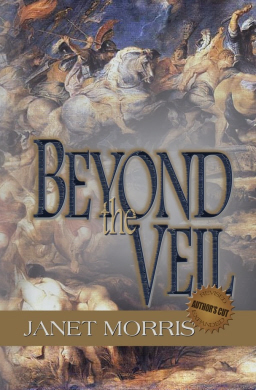
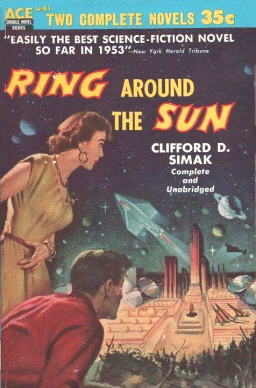
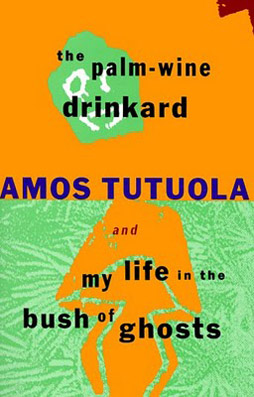 Amos Tutuola was born in Nigeria in 1920 to a Christian family. With six years of formal schooling, he served as a coppersmith with the Lagos-based arm of the Royal Air Force in World War Two, then worked at a number of of odd jobs. As he tells it, a government magazine he happened to read, with “very lovely portraits of the gods,” advertised books based on Yoruba legends. Tutuola remembered being praised as a storyteller in school and decided there was no reason he shouldn’t turn his hand to writing similar books. So he did. He completed his first book, The Palm-Wine Drinkard, in only a few days.
Amos Tutuola was born in Nigeria in 1920 to a Christian family. With six years of formal schooling, he served as a coppersmith with the Lagos-based arm of the Royal Air Force in World War Two, then worked at a number of of odd jobs. As he tells it, a government magazine he happened to read, with “very lovely portraits of the gods,” advertised books based on Yoruba legends. Tutuola remembered being praised as a storyteller in school and decided there was no reason he shouldn’t turn his hand to writing similar books. So he did. He completed his first book, The Palm-Wine Drinkard, in only a few days.